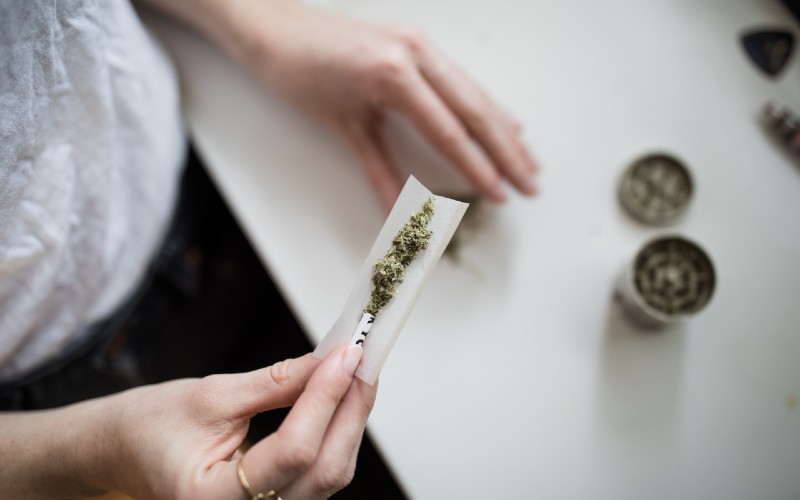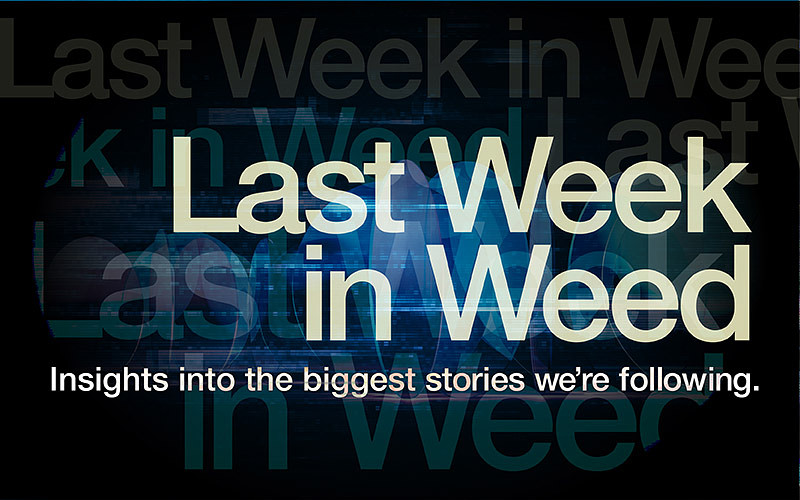The demand for organically grown, cannabinoid-rich smokable hemp is growing exponentially, not just in the U.S. but throughout the rest of the world. While hemp and THC cannabis are both the same species, Cannabis sativa L., hemp is selectively bred for low THC production. Hemp flower is particularly popular in Europe as cannabis-users in many European countries prefer low-THC, high-CBD hemp as a non-intoxicating alternative to tobacco.
Recent research from Brightfield Group concludes that the smokable hemp flower market strongly outpaces other segments of the overall CBD market. It grew to $70.6 million in 2019, up from $11.7 million in 2018, representing a year-over-year growth rate of over 500%.
Who’s In The Market
There are plenty of good reasons why consumers enjoy smokable hemp. For one, it provides a recreational mode of consumption for CBD and other cannabinoids such as CBG, without the psychoactive effects of THC, which makes it a good option for people who want to use it during activities in which they don’t want the effects of THC.
Hemp flower also provides similar complex flavor and terpene profiles to those that people appreciate in THC. In fact, the terpenes and minor cannabinoids in CBD-rich flower can work synergistically, reportedly producing a pleasant “body high,” rather than the psychoactive effects of THC. Many also blend their THC flower with smokable hemp for a gentler psychoactive effect.
Because smokable hemp is in its natural state, it is also easier to find certified-organic CBD flower. Certified organic products have to meet strict USDA regulations, and each ingredient in the final product must be organic. Because tinctures and vape oils are produced by extraction and are then mixed with other ingredients, organic certification is more challenging.
Quality Takes Art and Science
While hemp has been around for millennia, it has been mainly prized for its long, durable fibers and industrial uses. Only recently have farmers – especially in the U.S. – started to breed hemp for being a more smokable product. The characteristics prized in THC are also those that smokable hemp growers want to emulate: flavor profiles, smoothness, and terpene content.
The path to cultivating high-quality, premium CBD or CBG flower starts with the same foundation as any other agricultural product: good genetics. Consistency is one of the most important aspects to both managing crops and delivering a reliable experience. Genetics can control the phenotype of plants, ensuring the same size and color. They can also regulate the chemical content, so the levels of terpenes and cannabinoids are consistent for each variety when grown under best management practices.
Unlike a lot of THC cannabis in today’s market, hemp is largely farmed outdoors. Genetics can help plants adapt to specific regions, making them resilient to cold in Northern climates or droughts in drier, arid areas. In addition to genetics, drying, curing and trimming are all important to the final quality of the product.
Like a fine wine, the terroir, climate, and post-harvest handling ultimately will determine the overall quality of smokable hemp — and the price it will fetch. According to a recent Hemp Benchmarks market report, the wholesale market price for hemp flower can fluctuate widely from $100-$400 per pound, based on quality and region.
High quality, cannabinoid-rich hemp fetches the best price in any market, but due to inexperience, the vast majority of hemp growers were not able to produce a top-quality crop their first go round. But as farmers get more growing cycles under their belt, they are able to produce exceptional hemp prized both by the curious and the connoisseurs to meet growing market demand.
Author
-
Dr. Jonathan Vaught is the CEO and Co-Founder of Front Range Biosciences. Learn more at www.frontrangebio.com







